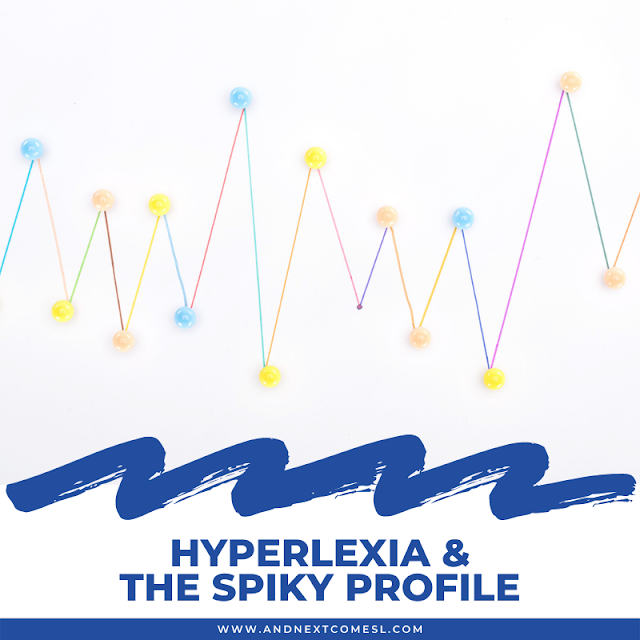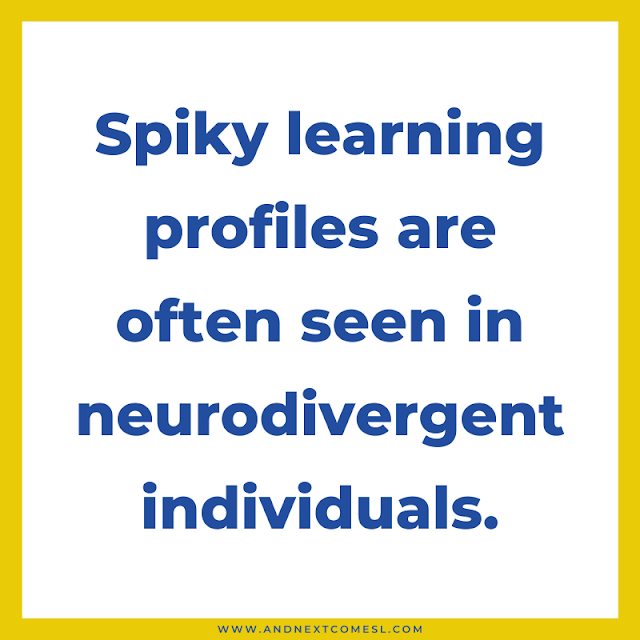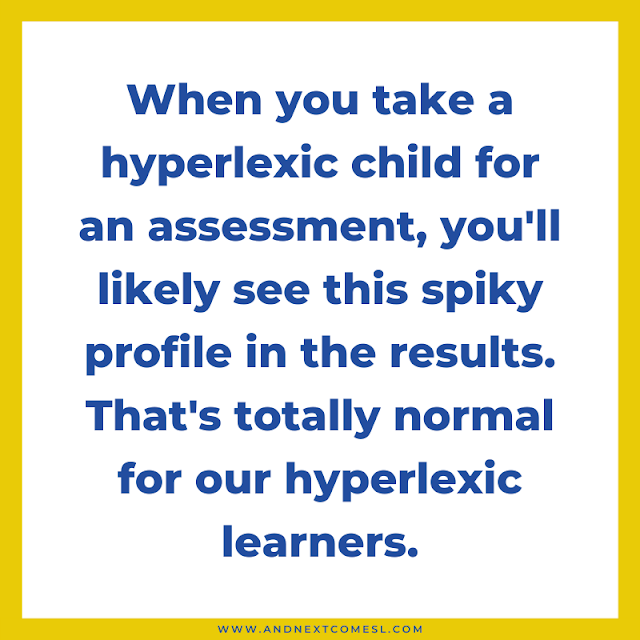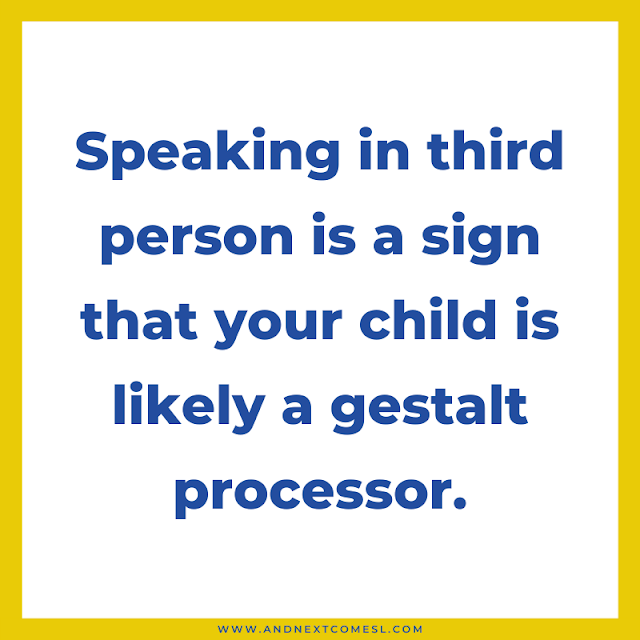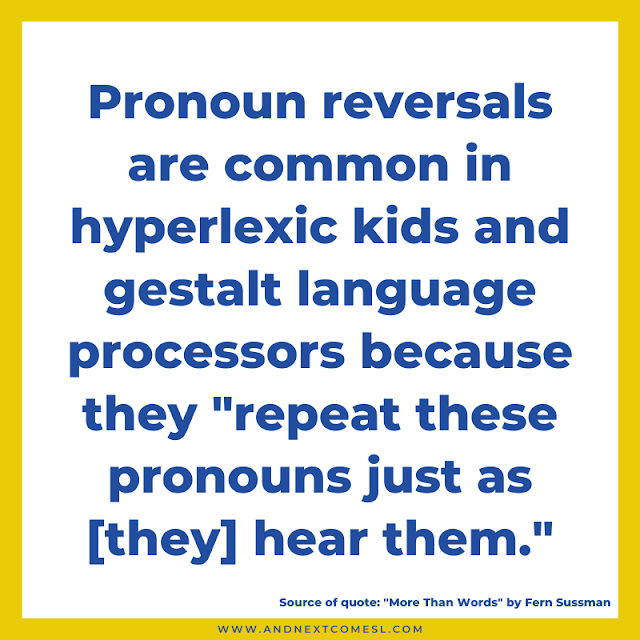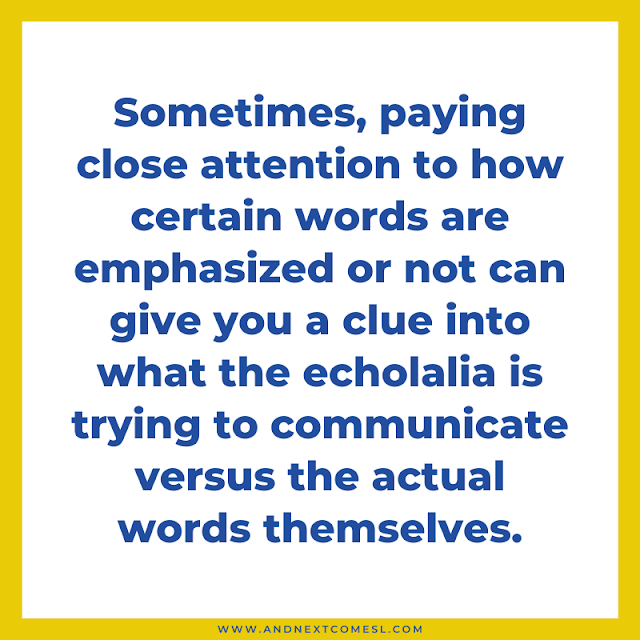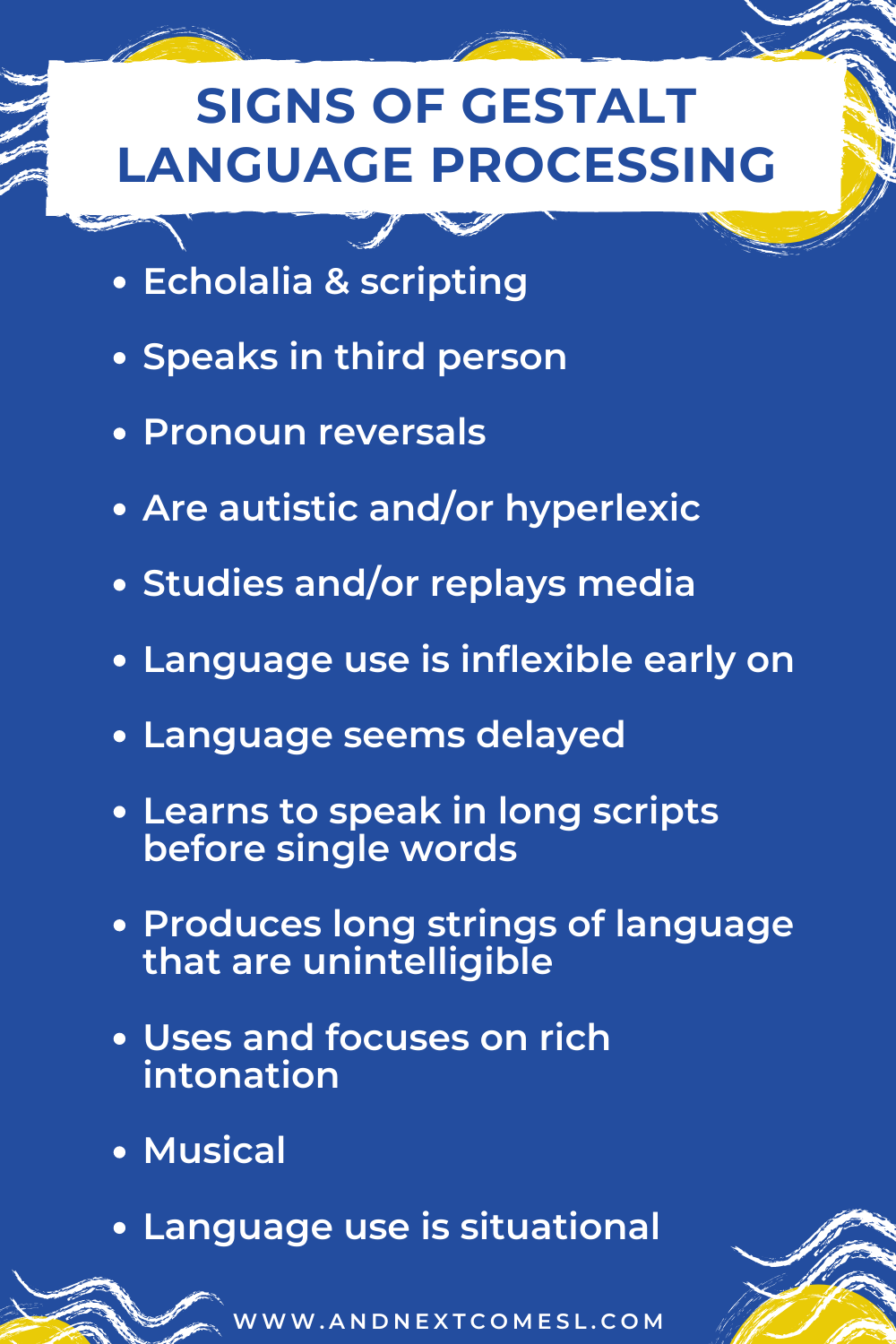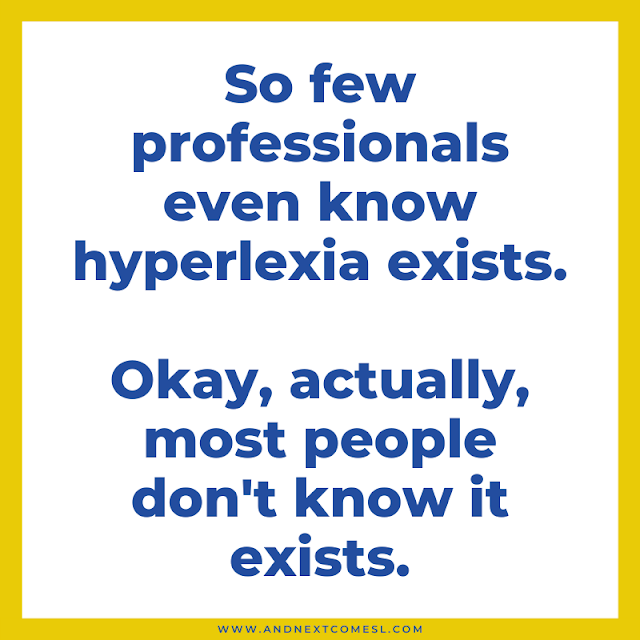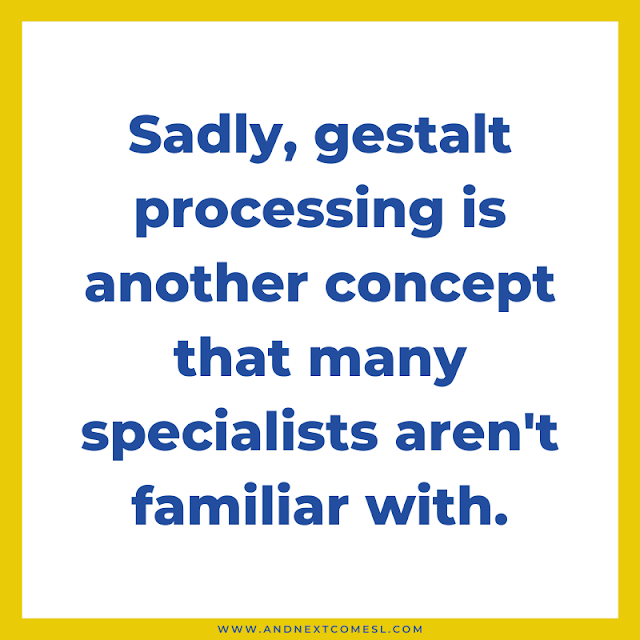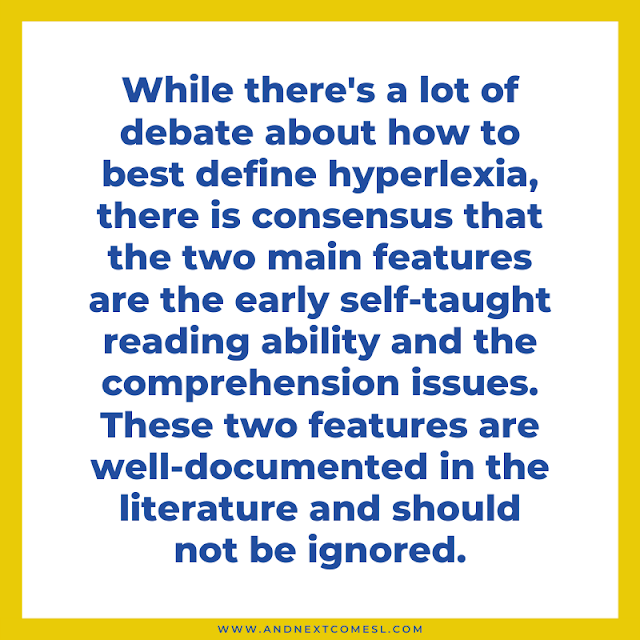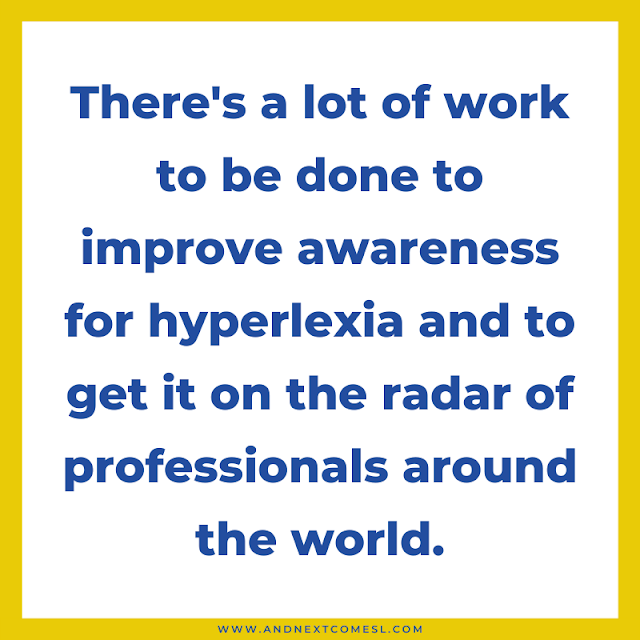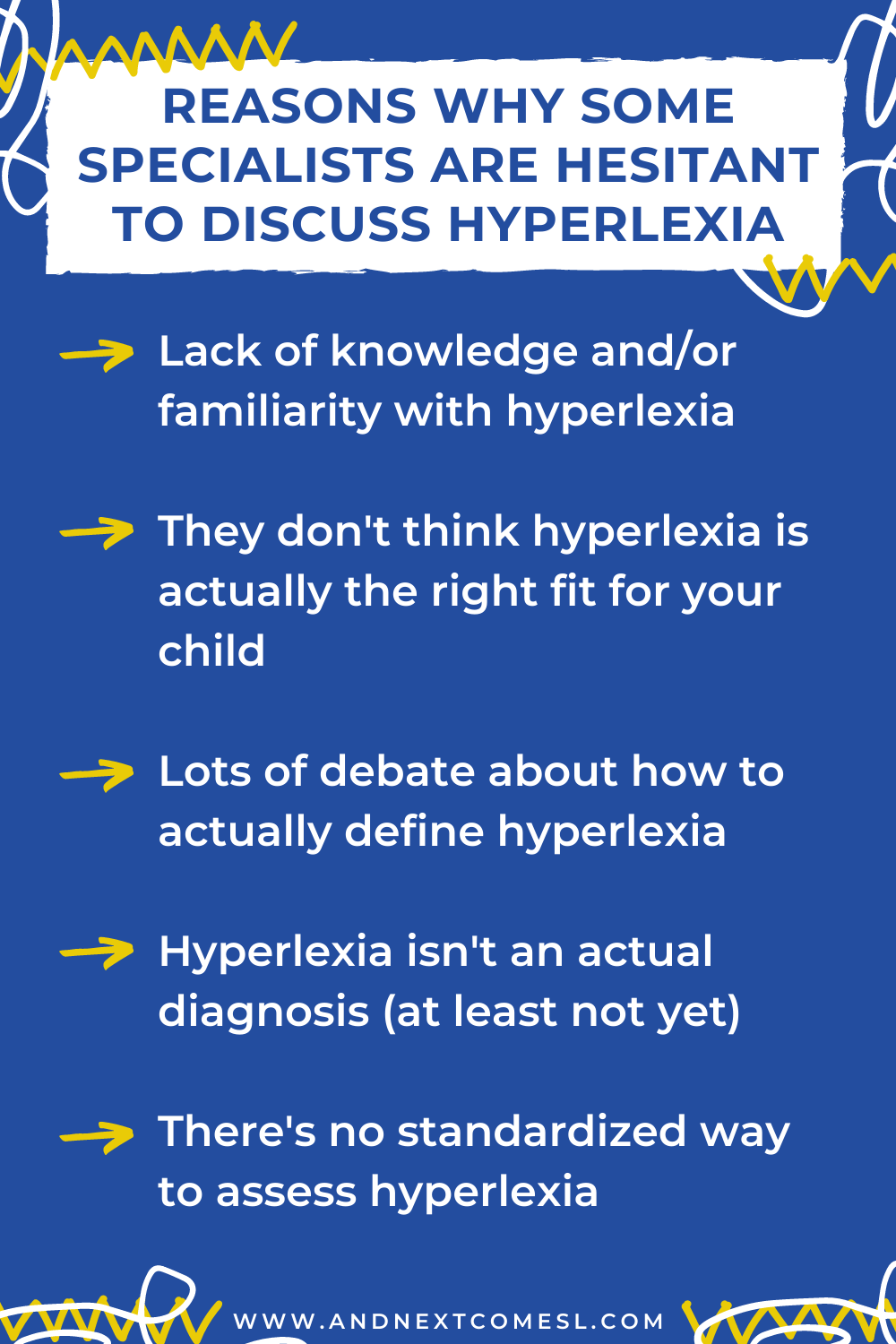After years of tests, assessments, and reports, none of the results surprise me any more. And the most recent results from last week were no exception either.
After all, these assessments usually confirm what I already know: that my hyperlexic son has a spiky learning profile.
The thing is these spiky profiles are common in neurodivergent individuals, whether they're autistic, hyperlexic, have ADHD, or fall somewhere else under the umbrella of neurodiversity.
However, these spiky learning profiles are also poorly understood by many. As a result, many of our kids can get overlooked or mislabeled or their weaknesses might even get ignored.
But what is a spiky profile exactly?
Well, let's take a look what the spiky profile definition is, what this term refers to, how it looks, and how that might be seen in hyperlexia.
What Does the Term Spiky Profile Mean? A Definition
The term spiky profile describes individuals who excel in certain areas or with certain tasks, but struggle in others.
In other words, they have asynchronous development where some skills are really well developed and others aren't.
So, on tests, they might perform highly in some areas and poorly in others and their results might show a wide range of strengths and weaknesses. Their skills will appear to be at a variety of different levels.
In fact, when their skills, strengths, and weaknesses are plotted on a graph, you'll end up with a graph that looks a bit like a mountain range. So it ends up looking spiky with some high peaks and some low valleys.
You can see that there is a huge disparity between the strengths and weaknesses in this spiky learning profile. A difference that tends to be much greater than for most people.
Spiky profiles like this are often seen in neurodivergent individuals. They're commonly seen in autistic people and hyperlexic individuals, as we will discuss below.
Neurotypical individuals, on the other hand, usually have a much more even profile. So when their skills are plotted on a graph it will look less erratic. Sure, they might have a few small bumps in their graph, but it won't have the big discrepancies like you'd find in the spiky profiles of neurodivergent learners. Instead, a neurotypical graph might look more like a flat horizon with a couple of small hills instead of a big spiky mountain range that goes up and down multiple times.
The Spiky Learning Profile Of Hyperlexia
As I've already kind of alluded to, hyperlexic kids definitely have this spiky learning profile.
Even the definition of hyperlexia itself paints that picture for us.
After all, as the definition of hyperlexia suggests, they can read, but they struggle with comprehension. So you can already see one big peak and one low valley in the spiky profile (or mountain range) of hyperlexia.
In addition to the decoding and comprehension discrepancy, hyperlexic individuals might test off the charts for math or spelling or visual spatial skills. Yet, they're 6 and still not potty trained.
Or they might show amazing musical talents such as perfect pitch. But give them an open-ended writing assignment or art assignment and they might struggle big time.
The point here is that anytime you go for an assessment, whether that's a speech and language one, an occupational therapy one, or even an academic one, you'll likely see this spiky profile in the results. And that's totally normal for our hyperlexic learners.
Their spiky learning profile serves as a reminder of how important it is to nurture their strengths and talents, while also ensuring that their needs and areas of weaknesses are not ignored.
Too often, people are quick to label our hyperlexic kids because of this spiky profile.
They might argue that our kids are lazy in these areas of weakness, as if they just aren't trying hard enough. Or they might suggest that our kids aren't applying themselves or are wasting their high learning potential. They might even label our kids as disruptive and kick them out of certain programs or activities as a result.
However, the reality is that, often, their spiky learning profile is just poorly understood. I mean how can a kid who excels with this or that struggle so much with this other subject? It's mind-boggling for a lot of people.
Unsurprisingly, our hyperlexic kids can often be mislabeled or even misdiagnosed as a result of their skill profiles.
For instance, a hyperlexic child's weaknesses are often ignored simply because they're overshadowed by their talents. For example, as Robertson (2019) has pointed out, the comprehension difficulties that are common to hyperlexia are often masked by their strong decoding skills. So educators (and many parents) focus solely on that peak, forgetting to target the corresponding valley as well.
Now, your job, as a parent, is to make sure that your hyperlexic child is nurtured and supported accordingly, not just at school, but in other environments as well. That might mean fighting for certain accommodations and supports as part of your child's IEP and making sure the school follows what is outlined in your child's plan.
You also have to ensure that your child knows that it's okay to ask for help and that they know how to advocate for their needs. After all, teaching self-advocacy skills is incredibly important.
Now, speaking of schools, the spiky profile of hyperlexia can also explain why many parents find it difficult to know what the appropriate educational setting might be for their hyperlexic child (find some tips here). After all, on paper, it can look like these kids have complex educational needs. But they really just need a supportive education. One that will recognize the different ways in which they learn.
Similarly, the spiky profile can also explain why hyperlexic kids can thrive in a variety of different educational experiences and settings. Especially when their amazing skills are recognized and other core skills are well supported.
A Recap of the Spiky Profile of Hyperlexia
Here's a quick recap of what was discussed above about hyperlexia and the spiky learning profile:
- A spiky profile describes individuals who excel greatly in certain areas, but struggle in others
- Refers to asynchronous development where some skills are really well developed and others aren't
- When plotted on a graph, their skills, strengths, and weaknesses will end up looking like a mountain range with high peaks and low valleys
- Spiky profiles are often seen in neurodivergent individuals, including those with hyperlexia
- The definition of hyperlexia itself reflects this spiky profile: they can read, but struggle with comprehension
- It's totally normal to see this spiky profile of asynchronous development with our hyperlexic leaners (e.g., a 6 year old who can multiply and divide, but isn't potty trained yet; a 4 year old with perfect pitch who you can't hold a back and forth conversation with)
- The spiky learning profile serves as a reminder of how important it is to nurture the strengths and to make sure that their needs and areas of weakness aren't ignored
Hopefully you found this information on hyperlexia and the spiky profile helpful!
Other Hyperlexia Resources You'll Love
Understanding the Hyperlexia "Diagnosis"
Gestalt Learning & Hyperlexia: What Does it Mean to be a Gestalt Learner?


